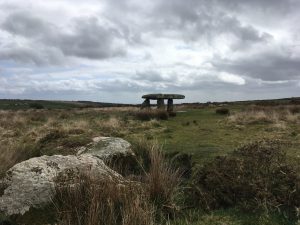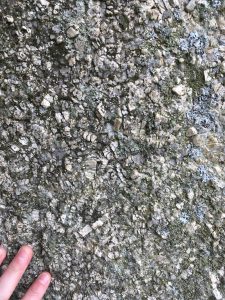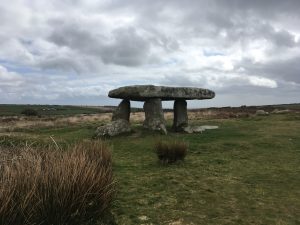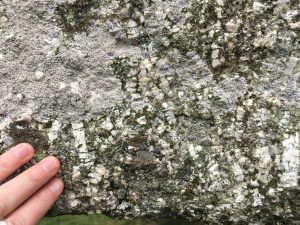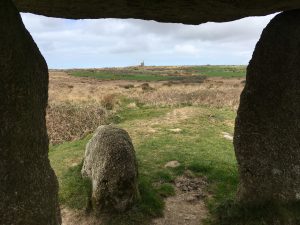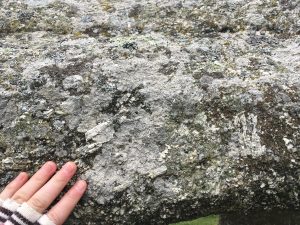Lanyon Quoit is an iconic monument found in Penwith, west Cornwall, constructed from porphyritic biotite mica granite.
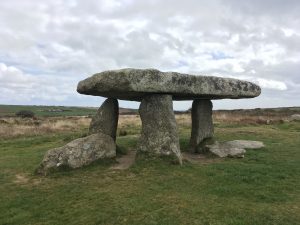
Highlights: Heritage, Monument, Granite
Location: SW 4297 3368
What’s nearby: Mên-an-Tol, Mên Scryfa, Nine Maidens Stone Circle, Ding Dong Mine
Conservation: Area of Outstanding Natural Beauty (AONB), Scheduled Monument, National Trust
Information here is provided for reference only. You should ensure you have suitable footwear and clothing when visiting all sites.
Further Reading & References
- CASPN (2021) Lanyon Quoit [View Online]
- Historical England (2015) Chambered long barrow known as Lanyon Quoit [View online]

